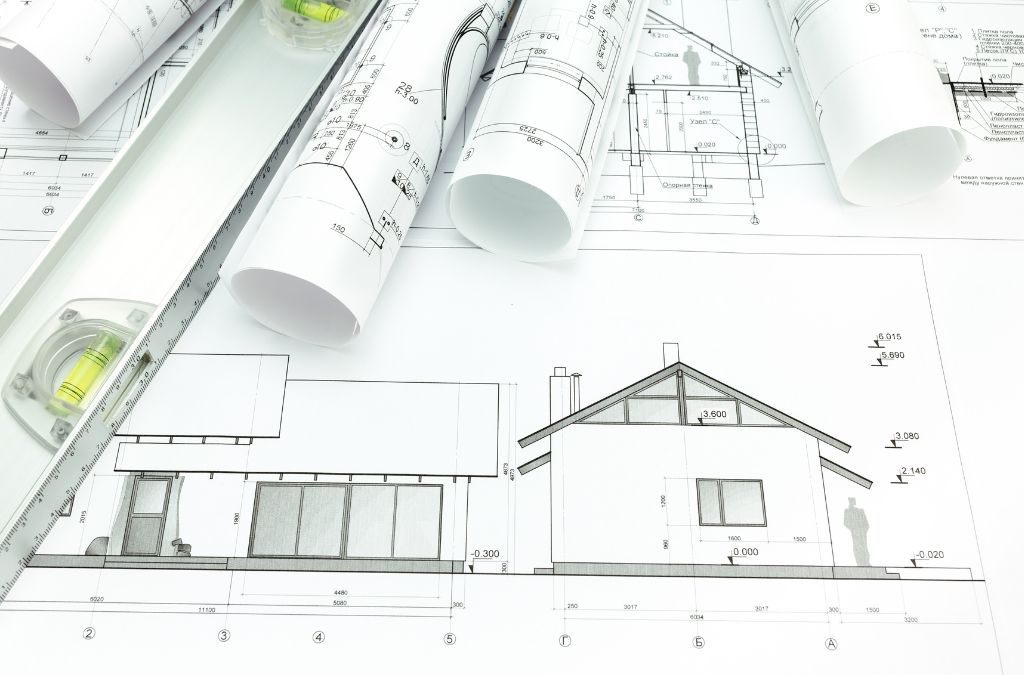-
Table of Contents
- Sustainable Architecture: Designing for a Greener Tomorrow
- The Principles of Sustainable Architecture
- Innovative Examples of Sustainable Architecture
- The Edge, Amsterdam
- Bullitt Center, Seattle
- The Role of Technology in Sustainable Architecture
- Building Information Modeling (BIM)
- Green Roofs and Walls
- Renewable Energy Systems
- Challenges and Opportunities
- Case Studies: Success Stories in Sustainable Architecture
- One Central Park, Sydney
- Masdar City, Abu Dhabi
- Conclusion
Sustainable Architect: Designing for a Greener Tomorrow
Sustainable architecture is an approach to building design that emphasizes environmental responsibility and resource efficiency. This practice aims to minimize the negative environmental impact of buildings by enhancing efficiency and moderation in the use of materials, energy, and development space. As the world grapples with climate change and resource depletion, sustainable architecture has emerged as a key solution for creating a greener future.
The Principles of Sustainable Architecture
Sustainable architecture is guided by several core principles that aim to reduce the environmental footprint of buildings. These principles include:
- Energy Efficiency: Utilizing renewable energy sources and improving insulation to reduce energy consumption.
- Water Conservation: Implementing systems for rainwater harvesting and greywater recycling.
- Material Selection: Choosing sustainable, non-toxic, and locally sourced materials.
- Indoor Environmental Quality: Enhancing natural lighting and ventilation to improve indoor air quality.
- Site Selection and Development: Minimizing the impact on the natural environment and promoting biodiversity.
Innovative Examples of Sustainable Architecture
Several buildings around the world exemplify the principles of sustainable architecture. These structures not only reduce environmental impact but also serve as models for future developments.
The Edge, Amsterdam
The Edge in Amsterdam is often cited as one of the most sustainable office buildings in the world. It features a range of innovative technologies, including:
- Solar Panels: Covering the roof and south-facing walls, these panels generate more electricity than the building consumes.
- Smart Lighting: LED lights connected to a network of sensors that adjust based on occupancy and natural light levels.
- Rainwater Harvesting: Collecting and reusing rainwater for non-potable purposes.
Bullitt Center, Seattle
The Bullitt Center in Seattle is another example of sustainable architecture. Known as the “greenest commercial building in the world,” it incorporates several sustainable features:
- Net-Zero Energy: The building produces as much energy as it consumes through solar panels and energy-efficient systems.
- Water Independence: A rainwater-to-potable water system and composting toilets reduce water usage.
- Healthy Materials: The use of non-toxic, locally sourced materials enhances indoor air quality.
The Role of Technology in Sustainable Architecture
Technology plays a significant role in advancing sustainable architecture. Innovations in building materials, energy systems, and design software are making it easier to create environmentally friendly buildings.
Building Information Modeling (BIM)
BIM is a digital representation of the physical and functional characteristics of a building. It allows architects and engineers to simulate and analyze the environmental impact of their designs, leading to more sustainable outcomes.
Green Roofs and Walls
Green roofs and walls are becoming increasingly popular in urban areas. These installations provide insulation, reduce stormwater runoff, and create habitats for wildlife. They also improve air quality and reduce the urban heat island effect.
Renewable Energy Systems
Advancements in renewable energy technologies, such as solar panels and wind turbines, are making it easier for buildings to achieve net-zero energy status. These systems can be integrated into the design of new buildings or retrofitted into existing structures.
Challenges and Opportunities
While sustainable architecture offers numerous benefits, it also presents several challenges. These include higher upfront costs, regulatory hurdles, and the need for specialized knowledge and skills. However, these challenges are outweighed by the long-term benefits, such as reduced operating costs, improved occupant health, and a smaller environmental footprint.
Opportunities for sustainable architecture are growing as awareness of environmental issues increases. Governments and organizations are offering incentives for green building practices, and consumers are demanding more sustainable options. This shift is driving innovation and making sustainable architecture more accessible and affordable.
Case Studies: Success Stories in Sustainable Architecture
Several case studies highlight the success of sustainable architecture in reducing environmental impact and improving quality of life.
One Central Park, Sydney
One Central Park in Sydney is a mixed-use development that incorporates several sustainable features:
- Vertical Gardens: Covering the building’s facade, these gardens provide insulation and improve air quality.
- Tri-Generation Plant: This plant generates electricity, heating, and cooling for the building, reducing reliance on external energy sources.
- Water Recycling: A system for recycling greywater and rainwater reduces water consumption.
Masdar City, Abu Dhabi
Masdar City is a planned city project in Abu Dhabi that aims to be one of the most sustainable cities in the world. Key features include:
- Renewable Energy: The city is powered by solar energy and other renewable sources.
- Car-Free Zones: The city is designed to be pedestrian-friendly, reducing the need for cars and lowering emissions.
- Energy-Efficient Buildings: Buildings are designed to maximize natural light and ventilation, reducing energy consumption.
Conclusion
Sustainable architecture is a critical component of the global effort to combat climate change and resource depletion. By embracing principles such as energy efficiency, water conservation, and sustainable material selection, architects and builders can create structures that are not only environmentally friendly but also economically viable and healthy for occupants. As technology advances and awareness grows, the opportunities for sustainable architecture will continue to expand, paving the way for a greener tomorrow.
